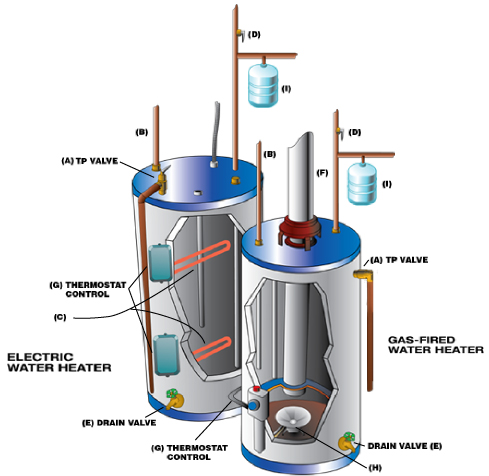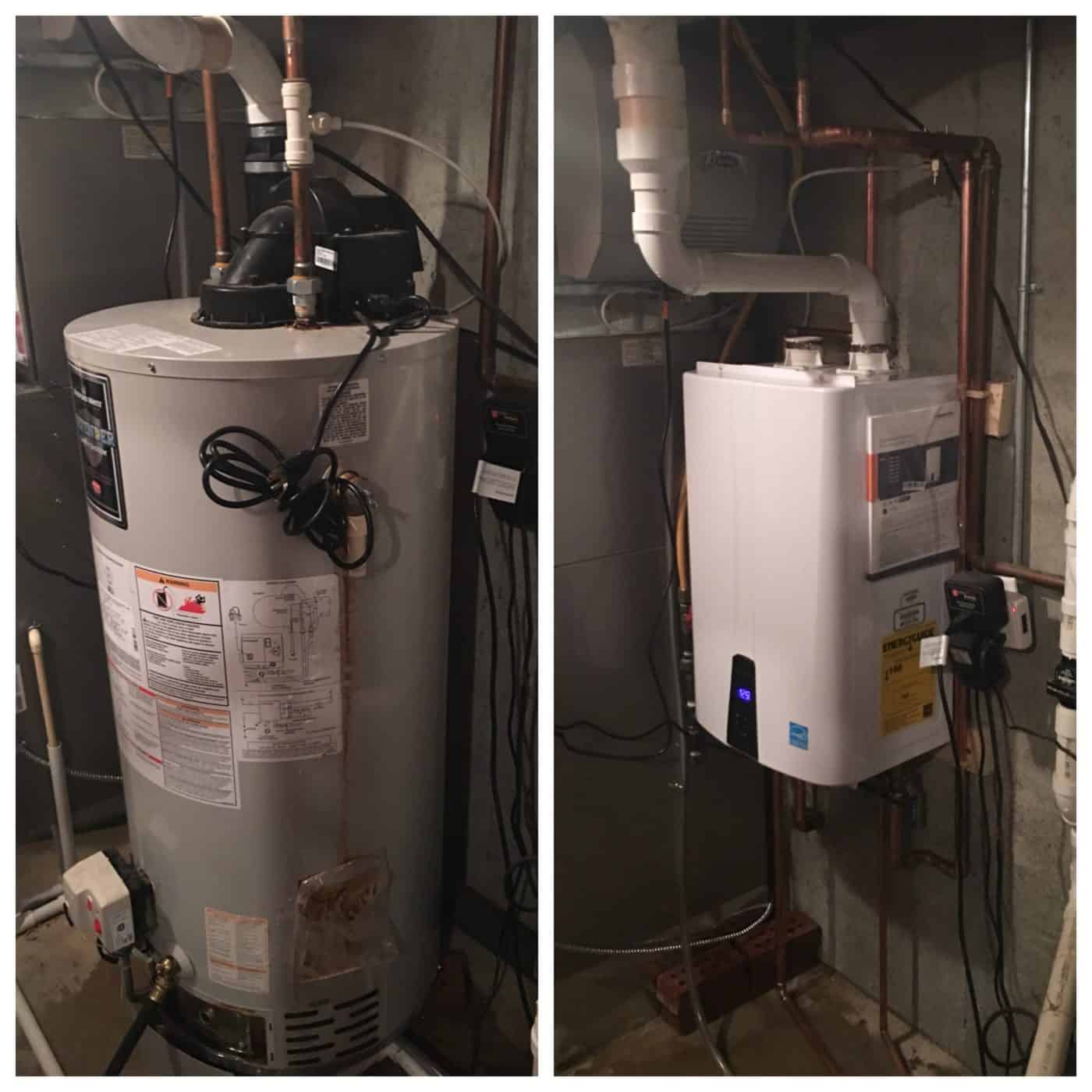Need water heater installation in Buena Park? Trust our skilled team
Need water heater installation in Buena Park? Trust our skilled team
Blog Article
DIY Hot Water Heater Installation: Vital Actions for Success
When thinking about a DIY water heating unit setup, it is crucial to come close to the task with a systematic attitude, as the process involves a number of important steps that can considerably influence both safety and security and efficiency. Selecting the proper water heater for your particular demands is simply the start; preparing the setup area and recognizing the needed tools and products are equally essential.
Picking the Right Water Heating System
When selecting a hot water heater, it is necessary to consider a number of vital aspects to ensure ideal performance and performance - water heater installation Buena Park. Firstly, examine the sort of water heating system that finest matches your needs. Options include tankless, tank, and heatpump water heating systems, each offering distinctive advantages in terms of power effectiveness and area needs
A larger family may call for a system with a higher gallon capability or a tankless system that can supply continual warm water. Each energy type has ramifications for setup expenses and lasting power expenditures.
Power efficiency is another essential aspect. By meticulously assessing these factors, you can pick a water heating unit that aligns with your family's details requirements, guaranteeing convenience and effectiveness for years to come.
Devices and Materials Needed
Efficiently setting up a water heater requires not just the best selection of system however also the ideal tools and products. Before embarking on your do it yourself project, guarantee you have an extensive listing of things to assist in a smooth installation procedure.
Necessary tools consist of a monkey wrench, adjustable pliers, and a screwdriver collection (both flathead and Phillips), which will certainly help you handle numerous fittings and connections. Furthermore, a drill with ideal bits is essential for placing braces or making any needed openings. For safety, a voltage tester is crucial, particularly when managing electric hot water heater.
When it comes to materials, acquire Teflon tape to make sure watertight links on threaded installations. You will certainly additionally need a flexible water line, which can be either braided stainless steel or PVC, depending upon your choices and regional codes. Don't fail to remember to equip up on fittings, such as couplings and elbows, to link the pipes securely. Lastly, a pan or drip tray can assist handle any potential leaks, offering an added layer of safety and security. By gathering these devices and products beforehand, you established the phase for an effective water heating system installment.
Planning For Installment
Prior to beginning the installment of your hot water heater, it is crucial to examine the installation website to guarantee it satisfies all required demands. Beginning by validating that the area is well-ventilated, particularly for gas water heating units, to avoid the buildup of damaging gases. Look for the availability of essential links, including water supply lines and electric outlets, ensuring they are in good problem and effectively situated.

Furthermore, inspect the existing plumbing and electrical systems to identify if upgrades or fixings are needed prior to installation. This positive method not just makes certain conformity with local building codes yet likewise boosts the long life and performance of the water heater. Lastly, collect all needed licenses, if needed, to avoid legal problems later on. Proper prep work establishes the stage for a smooth setup procedure and helps prevent unanticipated issues.
Step-by-Step Installation Process
With the prep work full and all necessary assessments performed, the following phase includes the detailed setup of your water heating system. For tank-type water heating units, connect the cool visit homepage water supply line to the inlet, usually noted in blue, and the hot water line to the electrical outlet, normally assigned in red.
Next, secure the temperature level and stress alleviation shutoff, which is essential for safety and security. Attach the discharge pipeline to this valve, routing it towards the flooring or an appropriate drainage location. For electric versions, connect the power supply by stripping the wires and protecting them to the heating unit's terminals according to the producer's directions.
If you are mounting a gas water heater, make sure the gas line is connected properly and look for leakages making use of a soap service. After all connections are made, load the tank with water before activating the power or gas supply. Finally, enable the hot water heater to reach the preferred temperature level and check for any leaks around all links.
Ensuring Safety and Efficiency
Consistently ensuring security and performance throughout the setup and operation of your hot water heater is essential for ideal efficiency and durability. Begin by picking a suitable location that adheres to regional structure codes and supplies ample air flow. Ensure that the location is without combustible materials and has sufficient space for maintenance and assessments.

After installment, conduct normal examine the device to identify leakages, deterioration, or uncommon sounds. Establish the thermostat to a risk-free temperature, usually around 120 ° F, to avoid hot and enhance energy efficiency. Insulate pipes Resources to lower warmth loss, which adds to reduce energy bills.
Conclusion
In final thought, effective DIY water heater setup hinges on cautious planning and execution. Picking the proper water heater, preparing the installment area, and adhering to a methodical installment process are important actions.
When considering a Do it yourself water heater setup, it is essential to approach the task with a methodical attitude, as the process includes numerous crucial steps that can significantly affect both safety and security and efficiency.Before starting the installment of your water heater, it is crucial to analyze the installation site to guarantee it fulfills all necessary demands. For tank-type water heating pop over to these guys systems, link the cool water supply line to the inlet, typically marked in blue, and the hot water line to the electrical outlet, generally designated in red.Consistently making sure safety and security and performance throughout the installation and operation of your water heater is vital for optimal performance and durability. Choosing the ideal water heating system, preparing the installment area, and adhering to a systematic installation process are crucial steps.
Report this page